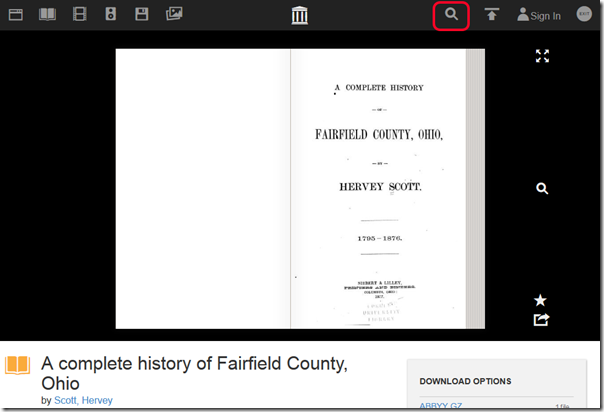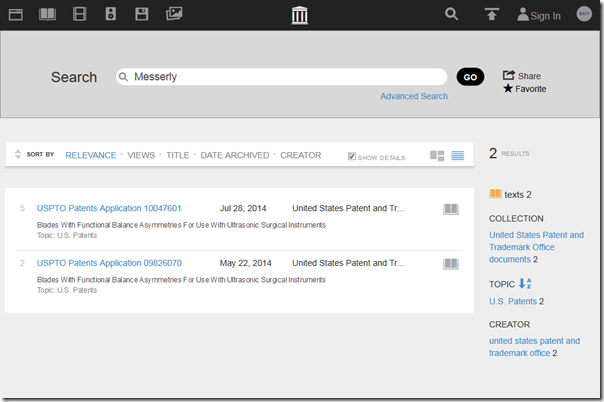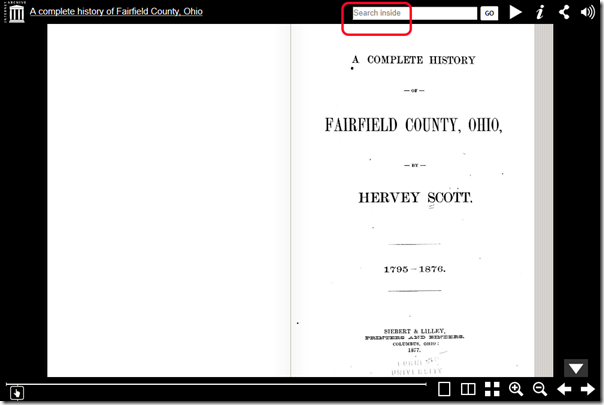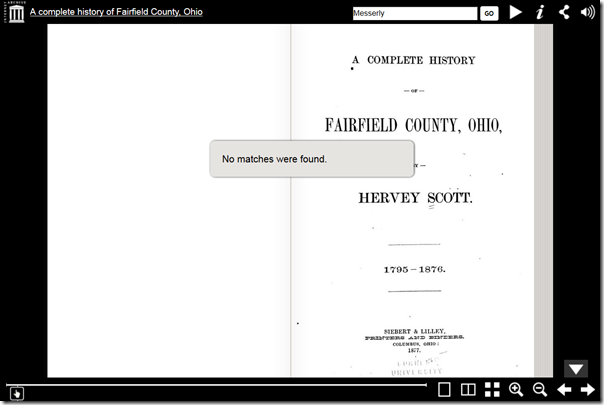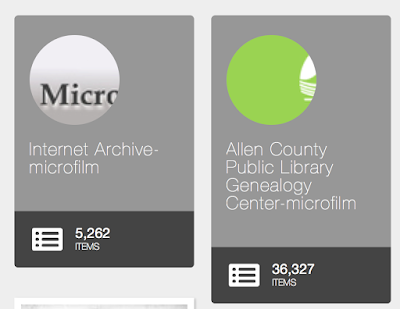“I Have My Family Tree Back to Adam and Eve”
This is another bit of fiction that needs to be wiped out. I have often heard people (I won’t call them “genealogists”) at various times make the claim they have traced their family tree back to Adam and Eve. Of course, the “documentation” is always sketchy.Robert C. Gunderson was a Senior Royalty Research Specialist, of the Church Genealogical Department, at the Church of Jesus Christ of Latter-day Saints (the Mormons). He was an expert in medieval genealogy and started the Royalty Identification Unit in 1972. He passed away in 2003. However, before his death, Gunderson once was asked if such research was possible. He replied:
“The simplest answer is No. Let me
explain. In thirty-five years of genealogical research, I have yet to
see a pedigree back to Adam that can be documented. By assignment, I
have reviewed hundreds of pedigrees over the years. I have not found one
where each connection on the pedigree can be justified by evidence from
contemporary documents. In my opinion it is not even possible to verify
historically a connected European pedigree earlier than the time of the
Merovingian Kings (c. a.d. 450–a.d. 752).
“Every pedigree I have seen which
attempts to bridge the gap between that time and the biblical pedigree
appears to be based on questionable tradition, or at worst, plain
fabrication. Generally these pedigrees offer no evidence as to the
origin of the information, or they cite a vague source.”
Both Gunderson and Weil agreed: European royal pedigrees cannot be verified before the 500s A.D.
To learn more, read:
Family Trees: A History of Genealogy in America.
By François Weil. Published by Harvard University Press, Online
bookstore; 2013. ISBN 9780674045835. 320 pp. Indexes. Hardcover. $27.95 •
£20.95 • €25.20. http://www.hup.harvard.edu/catalog.php?isbn=9780674045835 or available on Amazon as a Kindle ebook or as in a hardcover book at http://goo.gl/12RlV4.
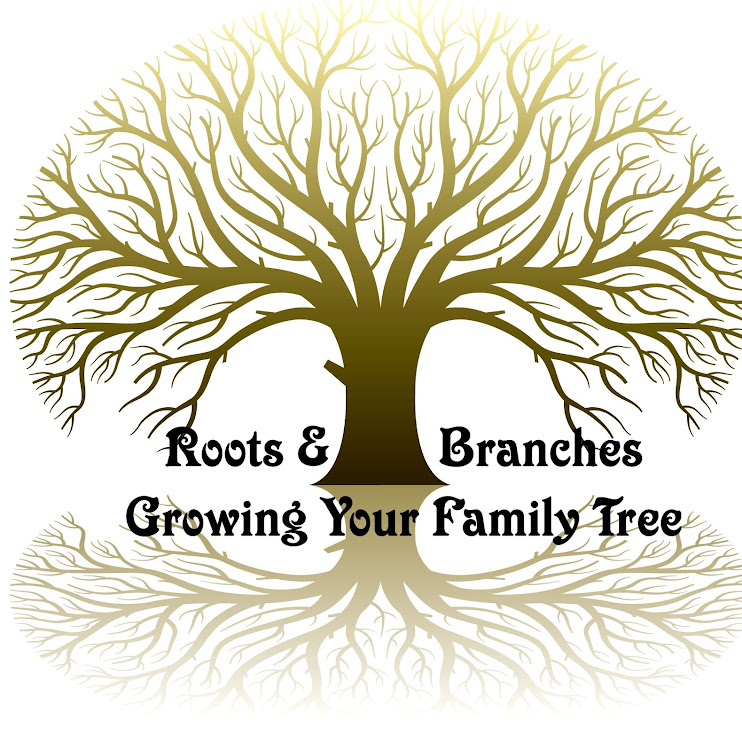
 The
Social Security Death Index (often called the SSDI) is a valuable tool
for genealogists. It lists deceased people within the United States.
When first created, the SSDI only listed those people who were receiving
Social Security benefit payments at the time of death.
The
Social Security Death Index (often called the SSDI) is a valuable tool
for genealogists. It lists deceased people within the United States.
When first created, the SSDI only listed those people who were receiving
Social Security benefit payments at the time of death. 
